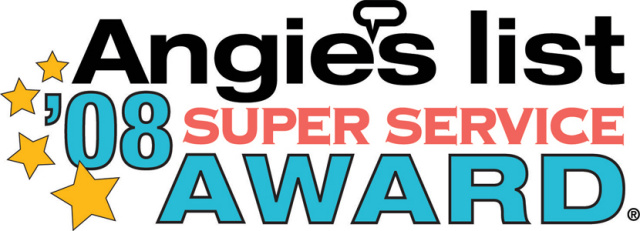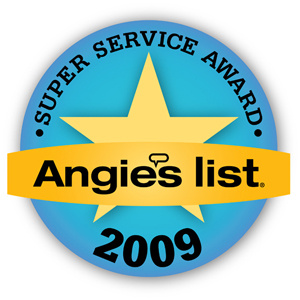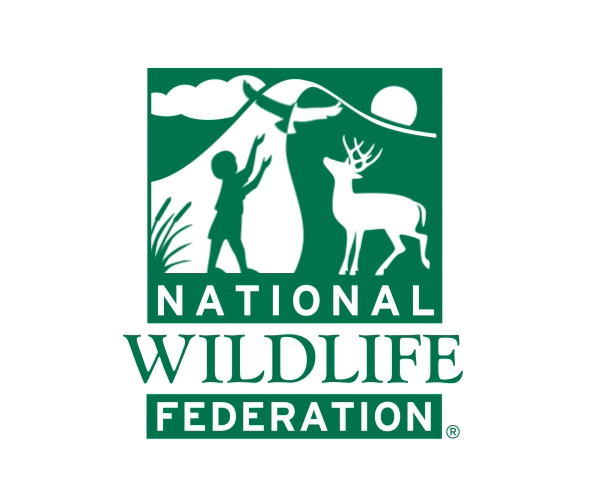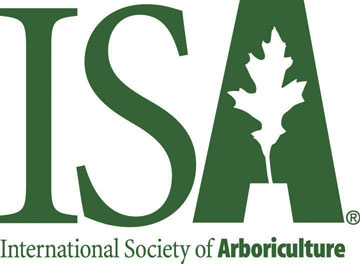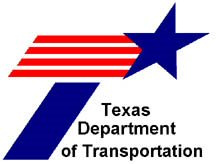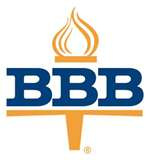With hurricane season being the annual weather wild card, which we never know until a week or two out if it is a trump to be played from year to year, it is a Houston-area necessity to look after our trees and to make sure that they have the best chance to endure a category 4 or 5 hurricane, should one hit. Like Southeast Texas Trees, LLC, the tree service Houston area expert is always going to have a tree arborist whose primary job is to evaluate trees for their health, and identify any hazards they may pose.
Disease Lurking Under the Green?
Just because a tree looks strong and healthy does not mean it may not be a hazard. In most cases, a tree becomes a hazard concern because it develops health issues. But these health issues may go undetected if you do not have an eye for them. For the native Texas trees we evaluate as a local Texas tree service and certified arborist, we can affirm that just because a tree sports green leaves and gives an overall appearance of life and vibrancy, it can be under mortal attack under the bark and in the vascular system . It is wise to have a tree arborist evaluate your mature trees every couple of years for signs of infestations or disease, so that remedies can cure the ill and save the tree.
Dead Limbs
Dead limbs are an accident waiting to happen. They can fall for no apparent reason – not just when the next wind storm comes to knock it down. A tree arborist will look for dead limbs and remove them, so they do not become lodged in your roof when the weather turns bad.
Placement of Tree
A big healthy tee located right next to your house is a big healthy hazard in the next hurricane. A Texas tree service will always be sensitive to hurricane weather conditions when making suggestions for where to plant a tree. For trees already placed precariously close to a home, the tree arborist will consult with the home owner about options.
A Dead or Dying Tree
If you are uncertain about the health of a tree, have an arborist evaluate the health of the tree. If it looks diseased it may have a disease. If it has a disease there may or may not be a remedy, but let an arborist have a look. If the tree is dying, it is important to remove the tree right away. A dying tree is at great risk of coming down.
Wounds and Cracks and Signs of Decay
If a tree is sporting a crack or a disfiguration, this is a clue to internal decay. Internal decay is not necessarily a sign that a tree is unsafe or dying. Here again, for the Southeast Texas region call a tree service Houston arborist to assess the situation. If a trunk has a wound, like a lightening scar, a trunk wound is an opening to for decay. Wounds that extend to the ground can be of concern and should be examined regularly. If two vertical cracks appear on opposite sides of the tree, this is an indication of root injury or breakage. It is an indication of circumferential separation. This is an extremely hazardous separation, and the corresponding weakness of the trunk of the tree often means the tree will weaken on up through all the branches. This tree is a critical hazard in a wind storm, and the tree arborist will recommend it be removed.



